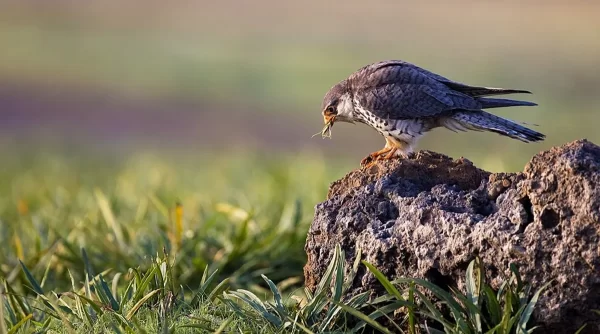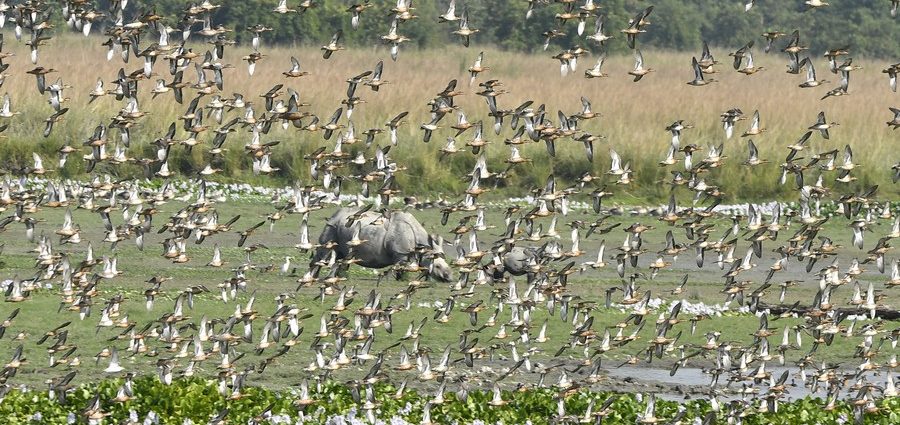Guwahati: Today, on World Migratory Bird Day (WMBD), we celebrate the awe-inspiring journeys of migratory birds and the vital role they play in our ecosystems. Held annually on the second Saturday of May and October, World Migratory Bird Day highlights the threats these feathered travellers face and the importance of international cooperation for their conservation.
Theme of World Migratory Bird Day 2024
This year’s theme, “Protect Insects, Protect Birds,” underscores the critical link between insect populations and the health of migratory birds. Many migratory birds rely heavily on insects for food during their breeding and nesting seasons. Protecting insect populations is essential for ensuring the survival of these remarkable avian athletes.
India, with its diverse landscapes, plays host to a stunning variety of migratory birds. The northeastern region, in particular, serves as a crucial stopover and wintering ground for many species.

Here are some of the fascinating migratory birds gracing the skies of Northeast India:
- Amur Falcon: This tiny raptor embarks on one of the longest migrations on Earth, travelling from its breeding grounds in Siberia to wintering grounds in southern Africa. Large flocks of Amur Falcons can be seen in Nagaland and Manipur during their migration.
- Siberian Crane: Standing tall at over a meter, the Siberian Crane is a majestic visitor to the wetlands of Assam. These endangered birds depend on healthy wetlands for feeding and breeding.
- Greater Adjutant Stork: This large, scavenging stork migrates from its breeding grounds in the Gangetic plains to the floodplains of Assam and Arunachal Pradesh during the winter months.
- Bar-headed Goose: Known for their high-altitude flying abilities, Bar-headed Geese migrate over the Himalayas to reach their wintering grounds in India. They can be spotted in the high-altitude wetlands of Arunachal Pradesh.
These are just a few examples of the incredible avian diversity that enriches the Northeast Indian region.
Protecting these migratory birds requires a multi-pronged approach:
- Habitat conservation: Ensuring the health of wetlands, grasslands, and forests that provide crucial stopover and wintering grounds for these birds is paramount.
- Combating threats: Addressing issues like habitat loss, hunting, and pollution is essential for safeguarding migratory bird populations.
- Raising awareness: Educating the public about the importance of migratory birds. And promoting responsible birdwatching practices can contribute significantly to their conservation.
By celebrating World Migratory Bird Day, we can all play a part in protecting these magnificent creatures. And the vital role they play in maintaining healthy ecosystems across the globe.

